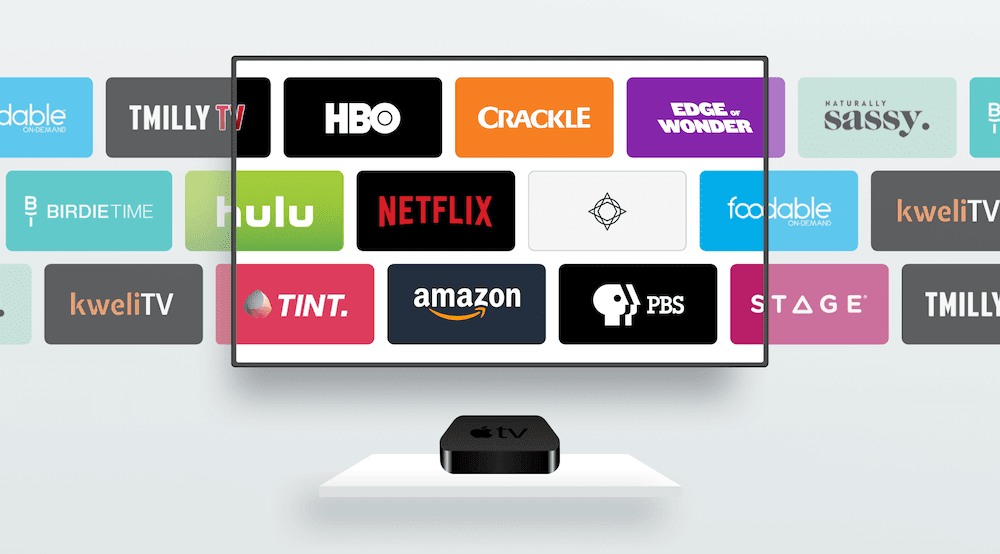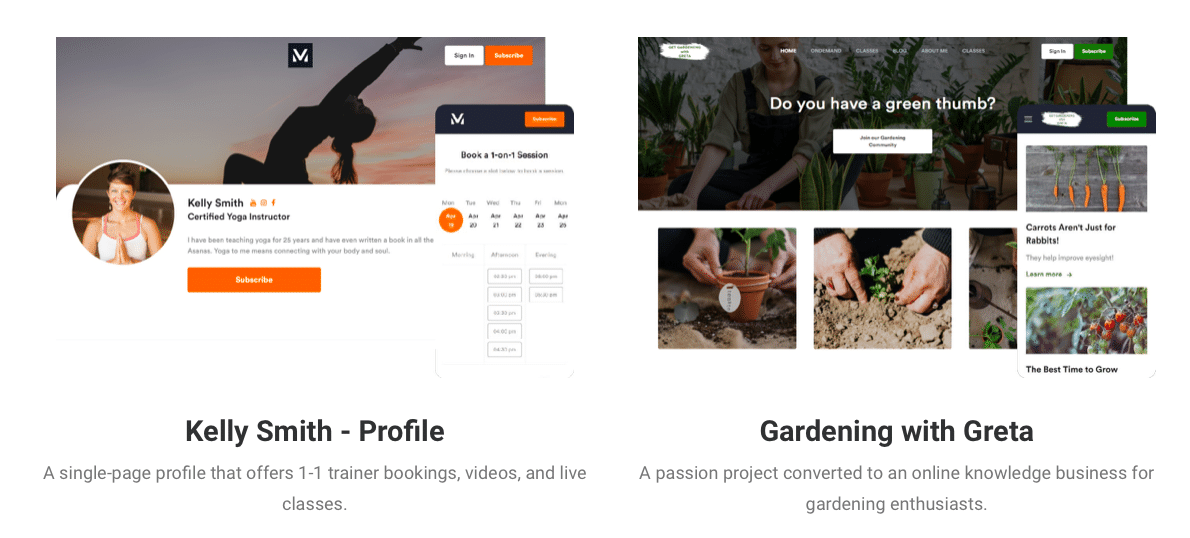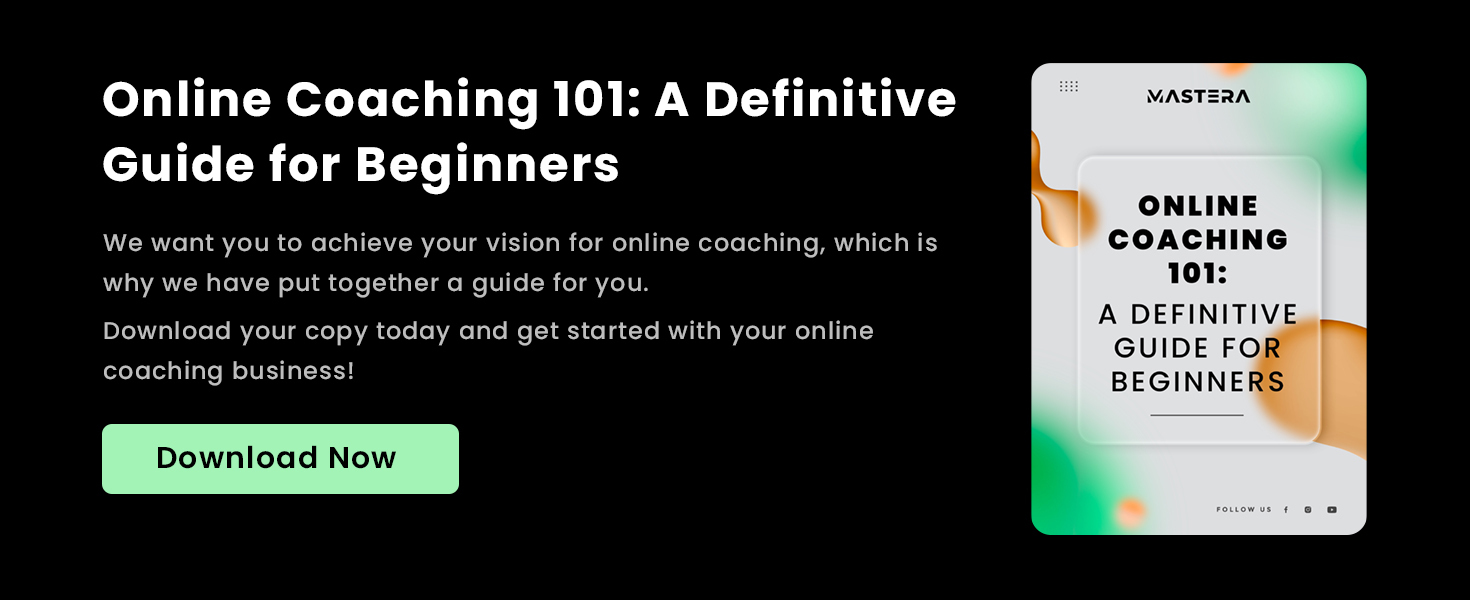Today we’re going to be talking all things OTT.
But don’t worry, this isn’t a self-help guide for the melodramatic amongst us.
Whilst OTT does stand for over-the-top, the term has less to do with flamboyance and much more to do with tech industry disruption.
For those of you well acquainted with online video platforms, OTT is probably already part and parcel of your daily life. Online video delivery is a booming industry. And an industry that is fast sidelining traditional media distribution methods.
In fact, according to Statista, OTT media revenue is expected to reach of 167 billion U.S. dollars by 2025. That’s a whopping 83.3 billion dollars more than was generated just a few years ago in 2019.

So, how can we get a slice of the OTT Pie?
We’re going to be outlining a comprehensive guide to help you launch your very own OTT app in 2021. And, if you’re looking for a guide full of actionable tips that actually work, then you’ve come to the right place. These very tips have helped myself and my colleagues get our OTT apps off the ground and flourishing.
So, stay tuned for the latest OTT trends, growth hacks, and the best launch tips on the internet.
Ready to go?
What we’ll be covering
-
What is an OTT app?
-
Why are OTT apps trending in 2021?
-
How OTT apps grow VOD businesses
-
How to launch your own OTT apps
-
What is the perfect OTT platform provider?
What is an OTT app?
An OTT app (or over-the-top application, in full) is a type of application that provides a product over the internet as opposed to traditional distribution methods. OTT services are typically related to media and communication. For example, there are many OTT apps that stream video content to our devices. That could be smartphones, tablets, desktops, games console, or smart TVs, for example.
OTT apps deliver this video content via the internet – not satellite. Users can stream videos to their devices and add personal user accounts across many different social platforms. Content is easily accessed across multiple devices for uniformity, flexibility, and effortless convenience. What’s more content creators benefit from direct access to an engaged audience.
In short, OTT applications disrupt traditional billing models. Instead of paying telecommunications and satellite companies, consumers pay (usually monthly) subscription fees to OTTs like Netflix, Hulu, or Skype.
The benefits of this new model include:
- Increased brand awareness
- Rapid scalability
- Content monetization
- Time and money savings
Why are OTT apps trending in 2021?
The big names in OTT have made it really big in recent years. But why? Why are OTT apps so trendy nowadays?
You’d be forgiven for thinking that OTT apps like Netflix are everywhere at the moment. And that’s because… well… they are. And this is primarily because of demand. There is a vast consumer appetite for over-the-top applications and on-demand services.
One thing is very clear. Customers love OTT media apps. Consumers have grown accustomed to instant accessibility, minimal cost, and total control. These days we like to watch what we want, when we want, on whatever device we want. Without exception.
And that means in today’s world, OTT apps are an expected function for any video streaming service. If your ‘aint got no OTT your visitors are going to scram!
We’re living through an OTT golden period and entering a period of boom for the new technology in the mainstream consumer environment. And that means it’s the perfect time to start your very own OTT application.
In fact, did you know that over 50% of WiFi connected homes already use OTT services for up to 100 minutes each day? And if that doesn’t sound like liquid opportunity, I don’t know what does.
How OTT apps grow VOD businesses
As well as being great for consumers, OTT apps actually help grow video-on-demand businesses. But how? Well, for starters, OTT apps reduce churn. And that’s because when we offer our subscribers OTT apps, they gain the freedom to consume our content wherever they are and whenever they want. And that means that people are far more likely to consume more media than when they were restricted to using a desktop computer or laptop device.
OTT apps also help increase VOD business conversions by reaching out to a much wider pool of prospective subscribers. With more and more consumers now searching for OTT services, it’s essential that businesses start offering what they want. And in the world of VOD, that’s OTT.
In fact, those VOD businesses that offer OTT apps are known to achieve a marked 30% higher conversions that those that don’t.
If you’re a small business thinking about branching out. Then make an OTT app your first leaf. You’ll be following in good footsteps. This year alone, big name brands like Apple and Disney have launched their own OTT apps – Apple with Apple TV + and Disney with Disney +, respectively.
And don’t go thinking that OTT is out of reach for your business. This is a technology that can be scaled up or down to meet your unique business needs. Small businesses are ripe for OTT improvement and smaller content creators are launching their own OTT apps far and wide.
And it’s not just limited to the entertainment industry. Any video distribution platform can mobilize OTT. With more and more of us spending time indoors since the pandemic, now is the perfect time to launch an online fitness or workout platform. The fitness industry has a lot to gain from OTT platform monetization. So why not host on-demand fitness classes in your very own streaming app?
Companies like MyFitnessPal, Strava, and Garmin connect are leading the way in this arena with OTT apps that allow users to access fitness videos quickly and easily from their chosen devices.
One thing is clear. To remain competitive, OTT is now nothing short of essential.
 How to launch your own OTT apps
How to launch your own OTT apps
If launching your very own OTT app sounds a bit daunting at the moment, don’t worry. That’s a fairly common reaction. But we know you’ve got the talent to do it. And we’re going to help you make your app ambitions a reality.
2021 is one of the best times to launch a new OTT app, but this ecosystem of opportunity isn’t going to last forever. As more and more businesses get on the OTT bandwagon market saturation will limit your competitive edge. So, let’s mobilize today’s golden window of opportunity together.
Perhaps you’ve already got a video-on-demand business venture and you’re looking to launch an OTT app alongside. Or perhaps you’re coming at this from the ground up. Either way we’ve got your back. And the first thing we recommend you do is to decide who is going to be developing your app.
Will you hire a third-party app developer?
Or, will you lease an app from an OTT platform provider?
Both are great options with their own set of pros and cons. So, let’s delve in a bit further.
Hiring a third-party app developer
Hiring a third-party app developer is a reliable way to develop your OTT application. But, as you might expect, this comes at a cost. Hiring a personal app developer can be on the pricey side. But if you’ve got the budget for it then it’s a sure-fire way to get yourself a killer, custom app from scratch. You’ll be able to personalize your new application to your unique specifications.
Leasing an app from OTT platform providers
Your other option is to lease an app template from one of many OTT platform providers. If you’re after a cost-effective and efficient process then this is the option for you. When you lease an app from an external provider, you’re essentially renting their OTT services. You’ll be able to use a pre-developed app complete with hosting and available for deployment across multiple devices.
Once you’ve chosen your development method, it’s time to get creating!
Here’s a step-by-step guide to help you through the process from initial conception to completion.
Step 1: Choose a niche
First thing’s first, before even putting pen to paper you need to pick your niche. What can you offer that’s currently in high demand? That could be entertainment, fitness videos, lifestyle content, educational content or anything that can make use of on-demand video streaming.
For example, a gym launching their own OTT app could equally target fitness fanatics or wellness newbies. A meditation center could offer beginner meditation classes, educating new users via their own on-demand content. The possibilities are endless!
By selecting the right niche, you’ll be in a position to pick up a high-volume of loyal paying subscribers in no time at all.
Step 2: Choose a business model
Once you’ve picked your niche, it’s time to set up a robust business model. This is crucial when it comes to monetization. And, at the end of the day, that’s what we’re after. There are a number of business models to choose from. Make sure you pick the one that aligns best with your business.
OTT business models
-
The transactional model
The transactional model allows users sign up to an OTT platform free of charge. But the user must then pay for the content as and when they consume it. In other words, users do not pay to access the service. Instead, users pay-per-view. They might pay to download a gym class, for example, or a movie, song, or educational video.
-
The subscription model
The subscription model requires users sign up to an OTT platform for a fixed subscription fee. This is usually a monthly payment. In return, users gain access to unlimited content from the platform. And, in some cases, subscription fees are tiered. For example, by paying more for a ‘premium’ subscription plan, users may have access to more content, or added benefits and perks.
-
The Hybrid model
The hybrid model is essentially a compilation of the transactional and subscription models. Businesses benefit from a diversified stream of income from different monetization sources. For example, under a hybrid model, users might be asked to pay a monthly subscription for a standard service but premium content may be charged on an additional pay-per-view basis.
Step 3: Create your OTT streaming platform
With all the planning in place, it’s time to create your OTT streaming platform. Depending on whether you’re hiring a third-party developer or leasing from a platform provider, this could take anywhere from a few days to a few months.
Step 4: Build content for your OTT site
Finally, start building that content. You’ll want to fill your new OTT site with plenty of high-value content that will keep your customers coming back for more. Remember the key is to get people hooked on your app. Just like so many of us simply can’t live without our Netflix accounts anymore. And once your content is ready and rearing to go, all that’s left is to launch your new creation.

Which is the perfect OTT platform provider?
If you’re opting to lease from an OTT platform provider, you’ll want to pick one that meets your unique business needs head on. OTT platform providers host live, on-demand, content via the internet. They are the power behind streaming services like Netflix and Disney +.
But not all providers are going to offer the exact same features.
When choosing your provider there’s a few things you’ll want to take into account.
These include:
- Security – how secure will your platform be?
- CMS content organization – will you have access to a content management system?
- Monetization tools – how does this provider allow you to monetize your content?
- Pricing plans – plain and simple. How much does it cost?
- Technical support – will there be support available when you need it?
- Updates and maintenance – does the provider offer regular maintenance and updates?
- Development time – how long is the development process?
- Audience ownership – will you have full ownership over your audience?
- Global payments – will you be able to accept payments from overseas?
- Customization – how much input can you have into your app design and function?
Make sure to put plenty of thought into which service provider you opt for. This can be a make-or-break decision. A great way to make a well-advised choice is to start by thinking about what features are most important to you. Then choose a platform based on your unique list of criteria.
FAQs related OTT Apps
What are OTT apps?
An OTT app is an app that delivers streaming content to any device over the internet. This is often video content which can be streamed to smart TVs, phones, tablets, games consoles, and computers.
Is Netflix an OTT?
Yes. Netflix (along with other video-streaming apps like Hulu and Disney+) is an OTT service. Netflix provides users with on-demand videos via the internet using an OTT application.
What is an example of OTT?
There are many OTT platforms on the market today. As well as Netflix other OTT platforms include:
- Hulu
- Amazon Prime Video
- DirecTV
- Disney +
- Fubo TV
What is an OTT platform provider?
OTT platform providers power on-demand video streaming services. OTT providers allow brands and content creators to host both live and on-demand content over the internet and deliver video content to their audiences across various devices.
Go OTT for OTT
There’s no denying it the world is going OTT for OTT. But its completely justified. Over-the-top apps are taking the world by storm by delivering on-demand content across any internet-enabled device. And content sharing – whether that be entertainment, education, fitness, or lifestyle- is becoming so much more accessible. If you’re thinking of launching your very own OTT application then, what are you waiting for. We’re in the OTT golden age. There’s never been a better time to design and monetize an OTT, VOD service.



 How to launch your own OTT apps
How to launch your own OTT apps

